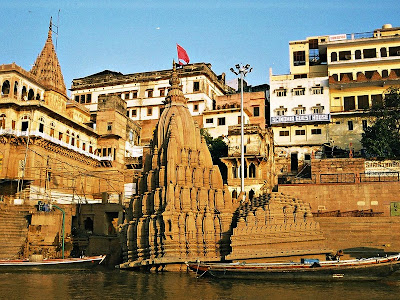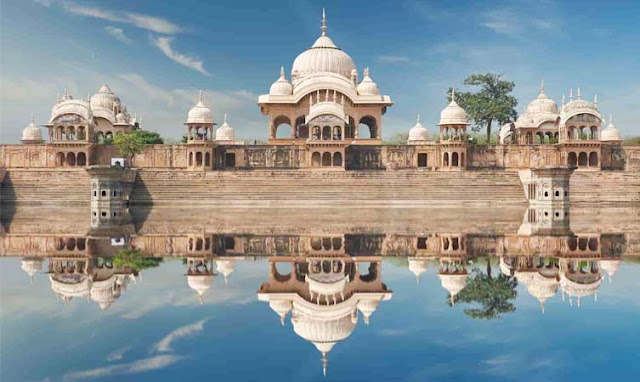"Discovering Varanasi: Exploring the Oldest Living City in the World"
One of India's most ancient and revered towns is Varanasi, commonly referred to as Banaras or Kashi.. Loated on the banks of the sacred Ganges in the state of Uttar Pradesh, Varanasi is a cultural and tuspiritual hub that attracts millions of pilgrims, tourists, and scholars from around the world. With a rich history, vibrant traditions, and a spiritual aura, Varanasi is a city that encapsulates the essence of India. In this article, we will delve into the full information about Varanasi, exploring its history, culture, attractions, and significance.
History: Varanasi has a history that dates back thousands of years, making it one of the oldest continuously inhabited cities in the world. According to Hindu mythology, Varanasi is considered the abode of Lord Shiva and is believed to have been founded by him himself. Over the centuries, Varanasi flourished as a center of trade, learning, and spirituality. It attracted scholars, philosophers, and theologians who contributed to the city's intellectual and cultural growth. Varanasi also witnessed the rise and fall of several dynasties, including the Mauryas, Guptas, and Mughals, all leaving their architectural and cultural imprints on the city.
Culture and Spirituality: Varanasi is a city deeply rooted in religious and cultural traditions. It is regarded as the spiritual capital of India and is a major pilgrimage site for Hindus. The city is dotted with numerous temples, ghats (steps leading to the river), and ashrams (spiritual retreats). The Ganges River is considered sacred, and pilgrims flock to the ghats to take holy dips and perform religious rituals. The Kashi Vishwanath Temple, dedicated to Lord Shiva, is one of the most revered temples in Varanasi and attracts devotees from all over the world. The city is also known for its music, dance, and classical art forms, with numerous music and dance festivals held throughout the year.
Ghats and the Ganges: Varanasi is famous for its ghats, which are a series of steps leading down to the river Ganges. The ghats of Varanasi are a hub of activity and serve various purposes. Some ghats are used for bathing and religious rituals, while others are used for cremation ceremonies. The Dashashwamedh Ghat is the most prominent and vibrant ghat, where the famous Ganga Aarti (a ritualistic worship of the river) takes place every evening. Other notable ghats include Assi Ghat, Manikarnika Ghat, and Harishchandra Ghat. Taking a boat ride along the river during sunrise or sunset is a popular activity for visitors, providing a mesmerizing view of the ghats and the cityscape.
Education and Learning: Varanasi has a long-standing association with education and learning. The prestigious Banaras Hindu University (BHU), established in 1916, is one of the largest residential universities in Asia. BHU offers a wide range of courses in various disciplines and attracts students from all over India and abroad. The city's learning tradition is further enriched by numerous colleges, research institutions, and centers for music, dance, and Sanskrit studies.



.jfif)




.jfif)

.jfif)













.jpg)
.png)

.png)
.png)
.png)
.png)
.png)
.png)
.png)

.png)
.png)
